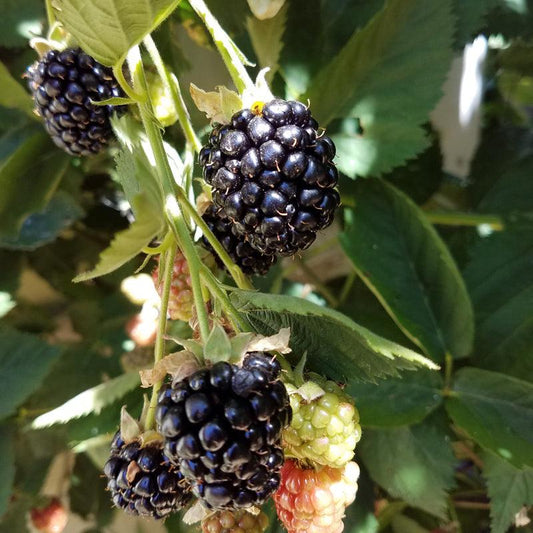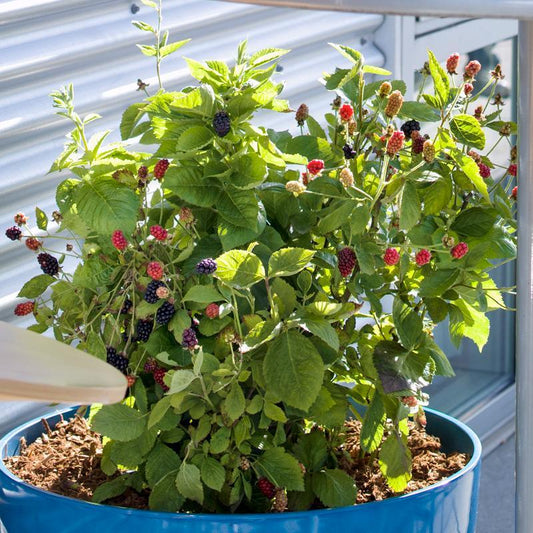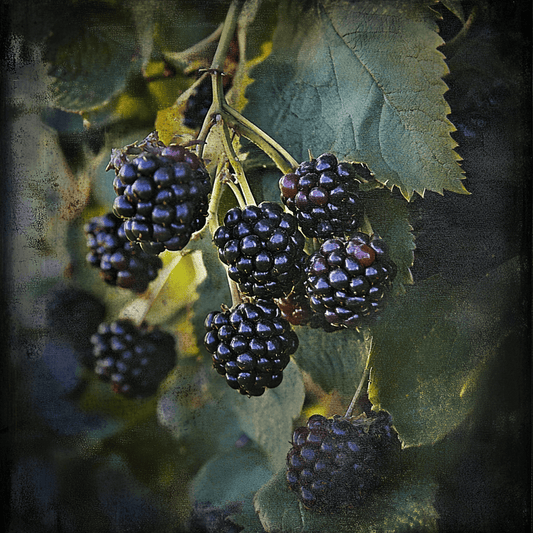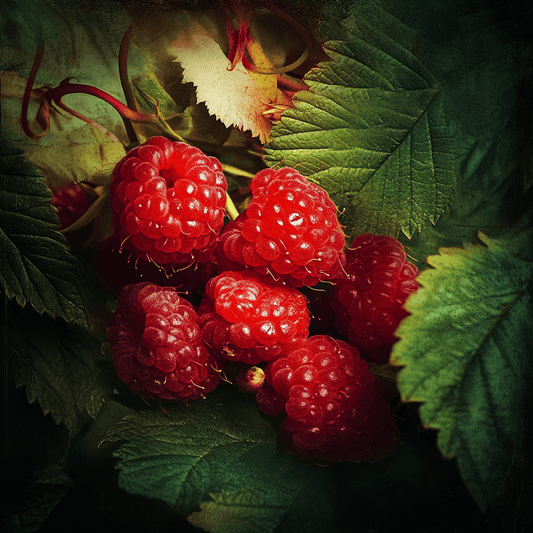Exploring a Variety of Berries
When it comes to creating an edible landscape, berries are a popular choice for home gardeners. They offer not only delicious fruits but also aesthetic appeal.
Blueberries: A Sweet Delight for Your Garden
Blueberries, known for their sweet and tangy flavor, are a favorite among berry enthusiasts. They are delicious and packed with antioxidants, making them a nutritious addition to your garden. Blueberry bushes are relatively easy to cultivate, and they thrive in acidic soil with good drainage. They require full sun to produce abundant, plump berries. You can enjoy homegrown blueberries throughout the summer months with the right care and attention.
Strawberries: The Classic Garden Treat
Strawberries are a classic choice for gardeners, known for their juicy, red fruits. These delectable berries can be grown in various ways, including in raised beds, containers, or traditional garden rows. Strawberries are versatile and can adapt to different growing conditions. They prefer full sun but can tolerate partial shade. You can savor the sweet taste of homegrown strawberries from spring through early summer with proper care.
Currants: A Unique Berry Experience
Currants may not be as common as blueberries or strawberries, but they offer a unique berry experience. These small, translucent berries come in various colors, including red, black, and white. Currant bushes are hardy and can withstand colder climates. They thrive in well-drained soil and require regular pruning to maintain their shape and productivity. Currants can be used in various culinary creations, from jams and jellies to baked goods and desserts.
Cane Berries: A Delicious Medley
Cane berries, such as raspberries and blackberries, are known for their sweet-tart flavor and versatility in the kitchen. These berries are typically grown on arching canes that require support to prevent them from sprawling. Cane berries prefer full sun and well-drained soil. Pruning is essential to encourage new growth and ensure a bountiful harvest. With proper care, you can enjoy the delectable taste of cane berries and use them in pies, jams, or simply as a fresh snack.
Cultivating Grape Vines and Kiwis
If you want to expand your edible landscape beyond berries, consider growing grape vines and kiwis. These fruits not only enhance the beauty of your garden but also provide delicious options for consumption.
Grapes: Beauty and Flavor in One Vine
Grapes are an excellent choice for edible landscaping, offering both beauty and flavor. Whether you're interested in table grapes or wine grapes, these vines can be a stunning addition to your garden. Grapevines require a sturdy trellis or support system to thrive. You can harvest grapes properly for various purposes, including making jam, juice, jelly, vinegar, wine, grape seed extracts, raisins, and grape seed oil. The possibilities with grapes are endless, making them a valuable addition to your garden.
Kiwis: A Unique and Nutritious Option
Kiwis are exotic, visually appealing, and rich in Vitamin C. These fruits grow on vigorous vines that can be trained on trellises or espaliered along fences and walls, adding ornamental value to your landscape. Kiwis require well-drained soil and benefit from full sun exposure. With proper care and attention, you can enjoy the unique taste and health benefits of homegrown kiwis.
Berries and vine fruits are excellent choices for creating an edible landscape that provides delicious treats and enhances your garden's overall beauty. Whether you opt for the sweetness of blueberries, the classic charm of strawberries, the uniqueness of currants, or the medley of cane berries, you can enjoy a variety of flavors and textures right at your doorstep. Grapes and kiwis offer further diversity and culinary possibilities, making them valuable additions to any edible garden.


































